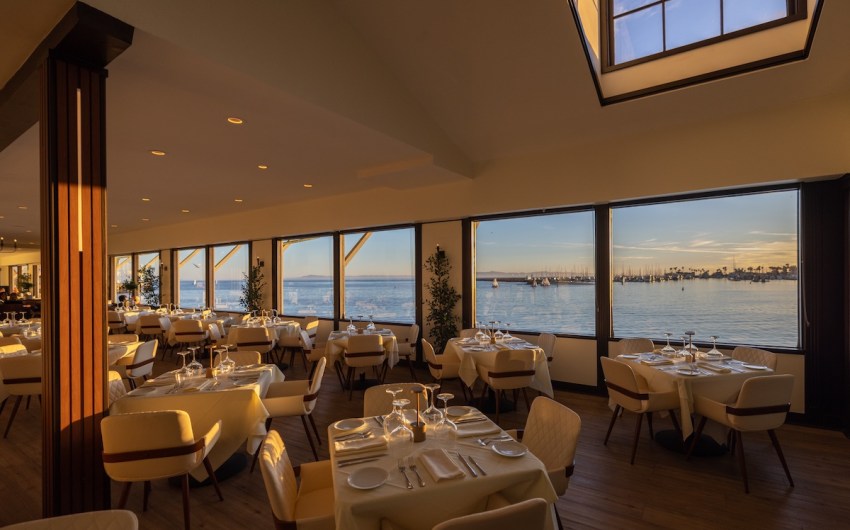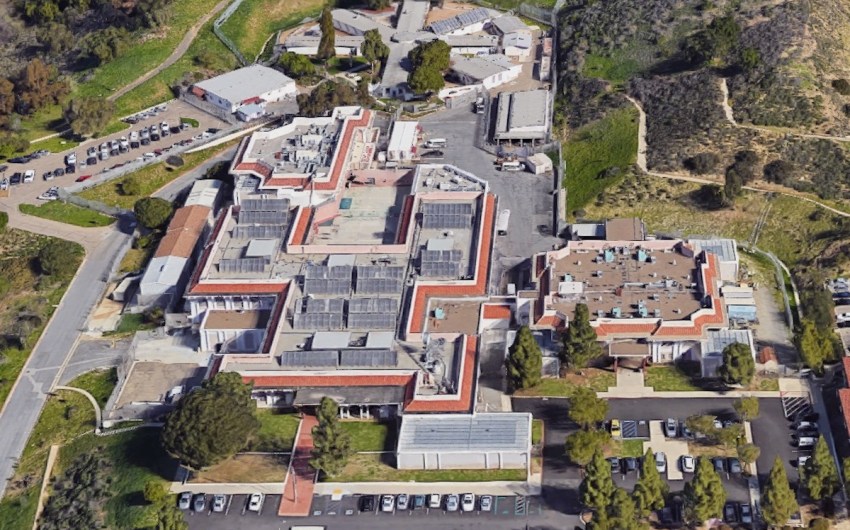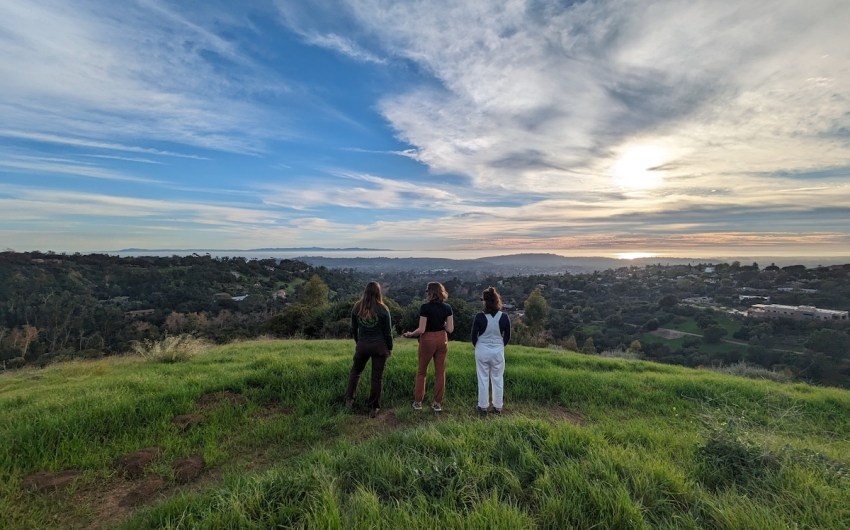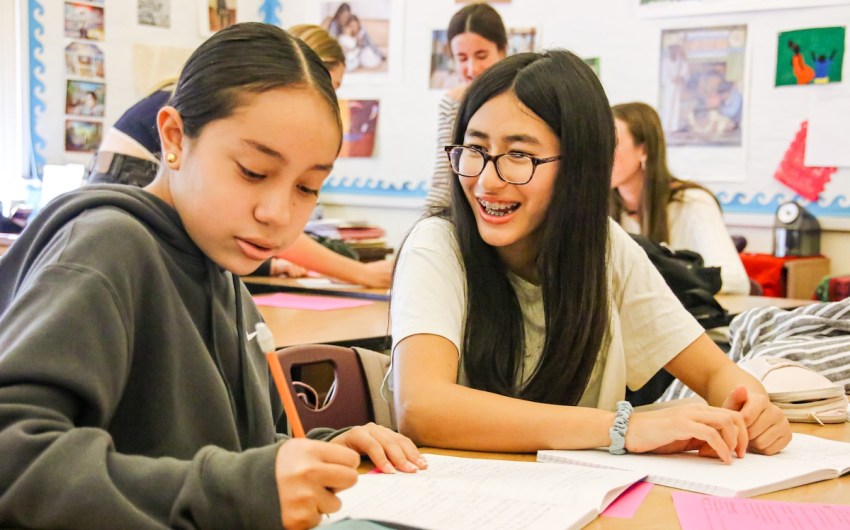Better Living Through ‘Green’ Chemistry
UC Santa Barbara’s Bruce Lipshutz Makes the Case for Minimal Pollution and Waste
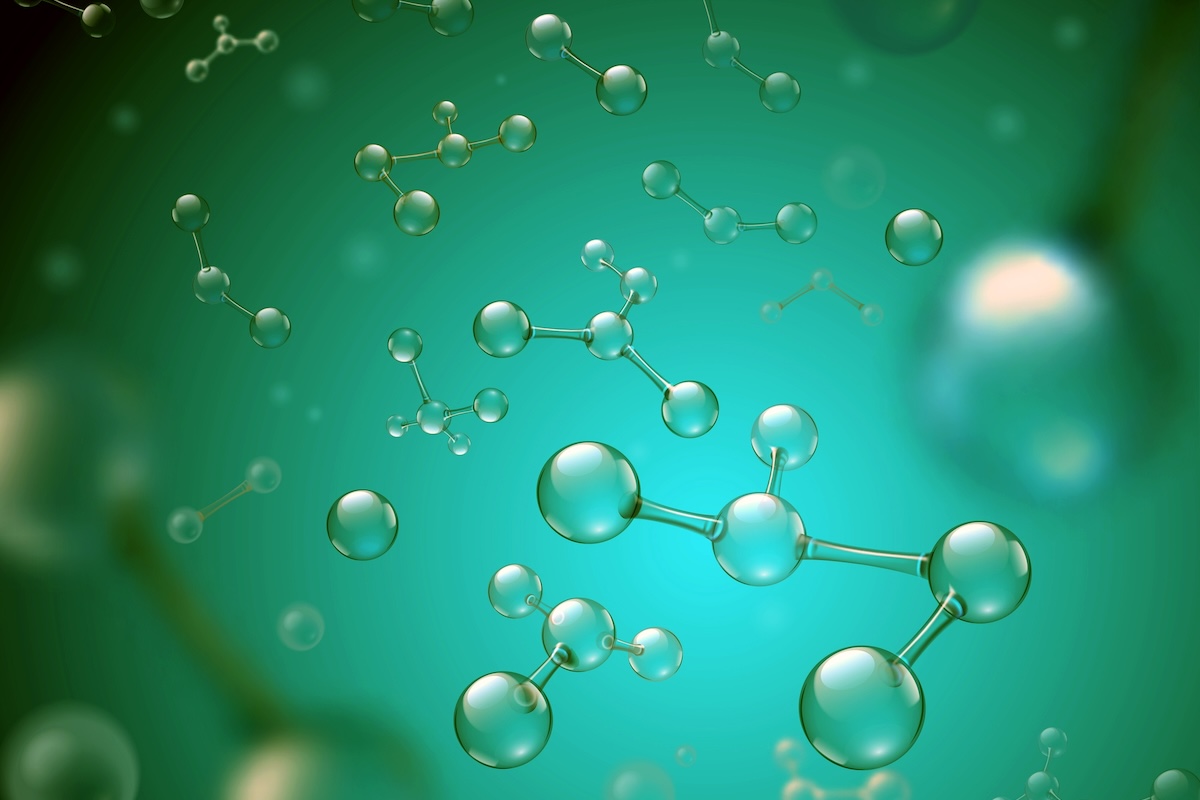
There’s no better time than now to establish green chemistry as the method of choice for manufacturing drugs to combat widespread disease in low-income countries. Not only does the green chemistry approach prioritize sustainability, it can also be cost-effective, helping efforts “to improve the affordability of drugs in regions of the world where they are most needed.”
That’s according to UC Santa Barbara chemistry professor Bruce Lipshutz, who, in an opinion in the journal Trends in Chemistry, lays out his case for how going green in drug synthesis is a win-win situation.
“Going green always wins,” he said. “There isn’t a case known to mankind throughout the history of chemistry where going green has lost, in terms of economics; it’s just common sense.”
Green chemistry is an approach to chemistry that finds ways to minimize pollution and waste, uses energy and precious metals in efficient processes, focuses on substances and processes with little to no toxicity, and chooses renewable reaction media. The concept emerged in the 1990s, the result of decades of growing awareness of the effects of chemical pollution in the environment. It leans on the notion that if you don’t create the hazardous waste in the first place, you don’t have to spend time, energy and money to clean it up.
Water takes the place of organic solvents for most reactions, Lipshutz explained, in the same fashion that it has enabled life on Earth for billions of years.
“There are all kinds of trickle-down effects with using water as the reaction medium,” he said. “What about worker safety? What about insurance costs?” Long-term, he added, green chemistry is about ensuring access to the supply of materials, like petroleum and limited precious metals, in the future.
It’s this future he has in mind, and the growing demand for pharmaceuticals to effectively combat diseases such as malaria and HIV where the hardest hit populations are also the poorest. And then there’s COVID, which keeps returning in various forms. In his paper, Lipshutz suggests greener, far less costly pathways en route to key molecules in the manufacture of existing and promising drugs for these diseases. These include, where possible, water-based or solvent-free reactions, using recyclable solvents, streamlined syntheses and dramatic reduction of precious metals like palladium.
While the cost savings to synthesis may be “relatively minor,” in light of the multi-billion dollar pharmaceutical industry, the difference, Lipshutz argues, can be seen from the environmental perspective, such as in waste cleanup and hazard protection costs, as well as the energy invested to make these drugs at scale. Where the savings becomes really important is in terms of access to these drugs by populations in developing countries, where the economy of each is limited.
“How is it possible to make drugs any more cheaply?” he said. “If you’re removing the key items that today add costs, like solvents, energy, and use of too much precious metal-containing catalysts, then low-income countries that can’t pay Western prices can still afford these life-saving drugs. This is really the only way to do it.”
It’s important to remember, he added, that while cost savings is one of the big draws to green chemistry, going green means assessing more than just catalog prices. In another paper in the journal Chemical Science, Lipshutz and colleagues Michael Luescher and Fabrice Gallou at Novartis Pharma AG in Basel challenge the perceived green practice of using nickel in place of palladium in cross-coupling reactions, particularly in carbon-carbon bond forming, Nobel Prize-winning Suzuki-Miyaura couplings so useful to fine chemicals.
While nickel is more abundant and less toxic than palladium, there are other parameters to consider that could negate those benefits Lipshutz said. Among them: if, say, toxic and flammable petroleum-based organic solvents are used with nickel (as opposed to palladium in water) and must be stored in large quantities, or if the amount of nickel in the products exceeds FDA regulations requiring time and adding costs to the bottom line.
“We need to consider the unspoken safety issues and regulations, all of which come into play but are rarely discussed,” he said. Bottom line, according to the numbers, a more thorough evaluation of all reaction parameters (i.e., a life cycle assessment, or LCA) is needed to judge the greenness of alternative methods.
It’s a lot of work, and perhaps that’s one of the reasons the chemistry world has been slow to catch on, according to Lipshutz. But the rise in catalytic methods such as biocatalysis (the use of enzymes) and photocatalysis (light) is reason for optimism. Even more impactful is the growing priority to reduce global CO2 emissions, which otherwise translates into climate change, and to preserving our planetary limited resources for future generations; all of these things underscore the need to switch to green chemistry.
“We want to reduce costs and thereby make these drugs available to those in need, which can be done by doing chemistry in water, following nature’s lead,” Lipshutz said. “We must ensure that all people, today and tomorrow, have access to healthcare that keeps them alive, and to the needed agricultural chemicals that are responsible for our ability to feed the planet. To do all of this we should not forget that going green is the path forward; and if we do this, everybody wins.”
Premier Events
Thu, Nov 28
12:00 PM
Santa Barbara
Thanksgiving Dinner at The Harbor Restaurant
Fri, Nov 22
11:00 AM
Santa Barbara
Santa Barbara Antique & Vintage Show & Sale
Fri, Nov 22
6:00 PM
Santa Barbara
Introduction to Crochet Workshop
Fri, Nov 22
7:30 PM
Carpinteria
Rod Stewart VS. Rolling Stones Tribute Show
Fri, Nov 22
9:00 PM
Santa Barbara
Numbskull Presents: Jakob’s Castle
Sat, Nov 23
11:00 AM
Santa Barbara
Santa Barbara Antique & Vintage Show & Sale
Sat, Nov 23
12:00 PM
Santa Barbara
Fall 2024 Healing Arts Faire
Sat, Nov 23
7:30 PM
Santa Barbara
SBCC Theatre Arts Department presents “Mrs. Bob Cratchit’s Wild Christmas Binge”
Sun, Nov 24
11:00 AM
Santa Barbara
Santa Barbara Antique & Vintage Show & Sale
Sun, Nov 24
6:00 PM
Santa Barbara
¡Viva el Arte de Santa Bárbara! Mariachi Garibaldi de Jaime Cuellar
Sun, Dec 01
5:00 PM
Santa Barbara
Paseo Nuevo Tree Lighting Ceremony
Thu, Nov 28 12:00 PM
Santa Barbara
Thanksgiving Dinner at The Harbor Restaurant
Fri, Nov 22 11:00 AM
Santa Barbara
Santa Barbara Antique & Vintage Show & Sale
Fri, Nov 22 6:00 PM
Santa Barbara
Introduction to Crochet Workshop
Fri, Nov 22 7:30 PM
Carpinteria
Rod Stewart VS. Rolling Stones Tribute Show
Fri, Nov 22 9:00 PM
Santa Barbara
Numbskull Presents: Jakob’s Castle
Sat, Nov 23 11:00 AM
Santa Barbara
Santa Barbara Antique & Vintage Show & Sale
Sat, Nov 23 12:00 PM
Santa Barbara
Fall 2024 Healing Arts Faire
Sat, Nov 23 7:30 PM
Santa Barbara
SBCC Theatre Arts Department presents “Mrs. Bob Cratchit’s Wild Christmas Binge”
Sun, Nov 24 11:00 AM
Santa Barbara
Santa Barbara Antique & Vintage Show & Sale
Sun, Nov 24 6:00 PM
Santa Barbara
¡Viva el Arte de Santa Bárbara! Mariachi Garibaldi de Jaime Cuellar
Sun, Dec 01 5:00 PM
Santa Barbara




